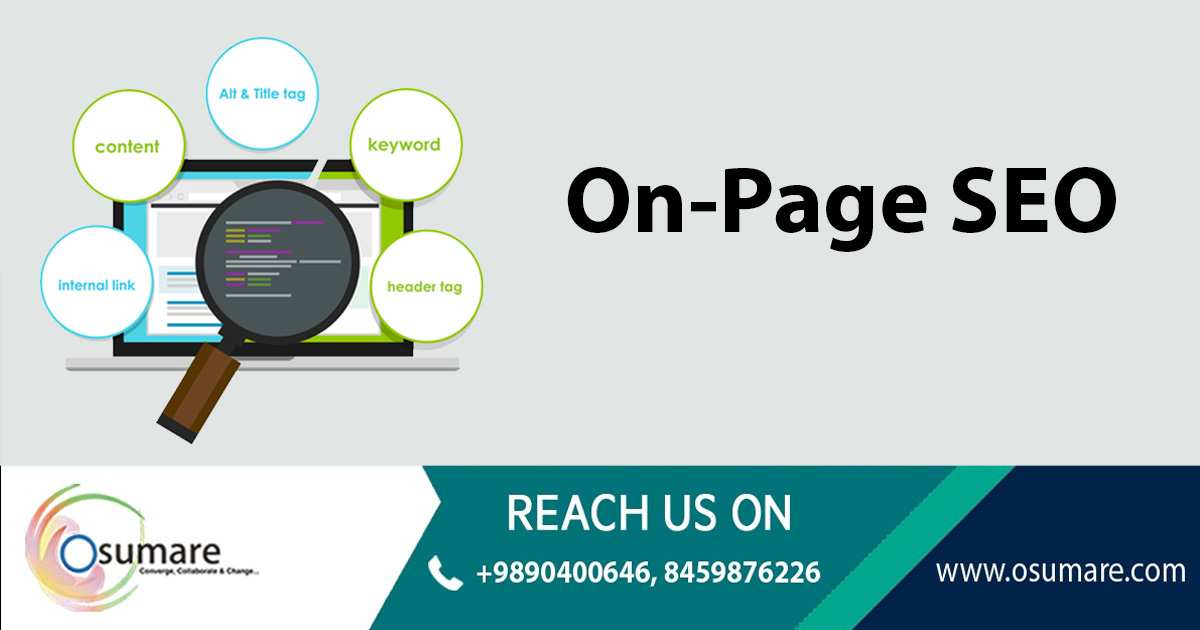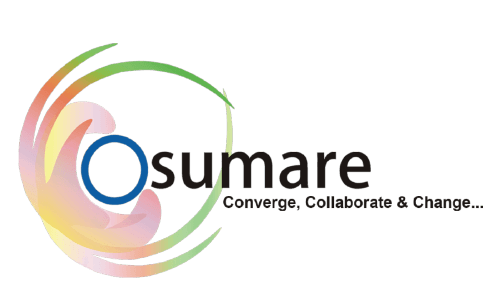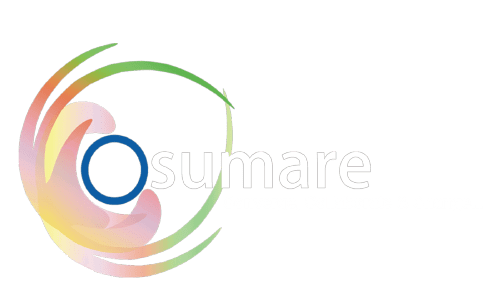On-Page SEO

If you ask any digital marketer what is the most important part in the digital marketing, 99% of them will tell you Search Engine optimization.Studies have shown that SEO can have a better ROI than traditional forms of marketing like TV and print ads.Best part in SEO is it will give you free and genuine traffic. In this article we are going to discuss about On Page SEO
Generally, SEO is divided into
- On Page SEO
- Off Page SEO
On Page SEO:
In simple words we can say that it is a critical step for obtaining a high search engine ranking for a web page.On Page Optimization is the most important and complex part of search engine optimization.On Page Optimization refers to factors that have an effect on our website or web page listing in natural search results.
On Page SEO Factors
- Title tag
- Domain & URL
- Meta Keyword
- Keyword Density
- Meta Description
- Unique Content
- Alt attribute for Image
- Sitemap
- H1, H2 tags
- Keyword in URL
- Bold or Strong
- W3C Validator
- Do follow and No follow
- Internal Links and External Links
Let’s discuss each parameter in detail.
Title Tag:
Title tag is normally defined as <title></title>.Using important keywords in the starting of Title tag will be of great help in getting good ranks.Always add a unique Title Tag for different pages.The maximum length of a title tag to be displayed is between 60-70 characters.
Domain:
Before pick a domain name should know our target audience. Try to use major keywords in our domain. Using a .com version of a URL is better than other versions.Hyphens in domain or file names less than 4 is good.
URL:
URL structure as an important element of a Web page’s interface.No more than 3-5 words in our URL. Avoid using random text and numbers.
Keyword:
Use keyword phrases instead of single keywords.Keyword Should be unique words.Each keyword phrase should be found on web page.Use commas between keyword phrases with NO spaces.Keyword length is maximum 10 words.
Keyword Research:
Keyword Research is used to select quality keywords.Keyword is should be relevant our site.It is give the most competitor keywords.
Keyword density:
Keyword density is the percentage of times of a keyword or phrase appears on the webpage.Each Keywords is should be 2%-5%.Each Page keyword density is should be 5%-20%.
Meta Description
Create the meta description tag to attract a click and include keywords. Most search engines ignore the description tag as far as keyword relevancy is concerned.Most search engines use the Description tag to some extent when displaying search results.
Unique Content
Content is the king for our visitors and for search engines as well.Provide a good and unique content and make sure to include our keywords in our content. The quality content increases our ranking in search engines like a quality content.Moreover, the quality content even helps to get more inbound links to our website.Consider 5-20% density of the keywords in text.Formatting is also important to show the search engines.The optimum page size is 500-3000 words
Alt attribute for Image
Search engines cannot read Image & Flash animations. Alt tags is the alternative text used for describing images.Alt tags are displayed on the site when you hover over the image with your mouse.It is also help blind people who are using text readers to read your page.Alt tags are another place where you should insert your keywords to improve our rankings.For Example:<imgsrc=”images/services-pic.jpg“ALT=”XYZ company’s”>
Sitemap
A site map is a list of pages of a web site accessible to users.Its lists the numbers of pages and the overall internal link structure in the site.A Sitemap is still the best insurance for getting a search engine to learn about your entire site.
Robot.txt
The robot’s exclusion standard, also known as the robot’s exclusion protocol. The standard specifies that how and which areas to scan, user can decide in which are or page bot should be come and scan webpages.
H1, H2 tags
The H1 tag has long been thought to have great importance in on-page optimization.Use of the H1 tag as the headline of the page.H2 tag is use subheading.Separating our content with headers is a good practice as it makes our site more readable and easy to navigate.Do not use H4, H5…… tags just because you want better SEO page.
W3C Validator
Validation is the process of checking a page or website for its compliance with W3C standards.It also checks the encoding problems, the compliance with the specified DOCTYPE, obsolete tags and attributes and many more.
Do follow and No follow
Do follow: It is stranded and trusted links. Search engine consider only do follow links.
No follow: It is spam site link not trusted links. Search engine not consider no follow links.
Example:
<a href=”http://en.wikipedia.org/wiki/Hyperlink”
target=”_blank”>Do Follow Link</a>
<a href=http://en.wikipedia.org/wiki/Nofollow rel=”nofollow”>No Follow Link</a>
Avoid things in on page optimization
Hidden text / Invisible links, Duplicate content, Duplicate title tags, URL variants of the same pages, Off-site images and content on-site.
Visit us: Osumare – Best SEO Company in Pune

